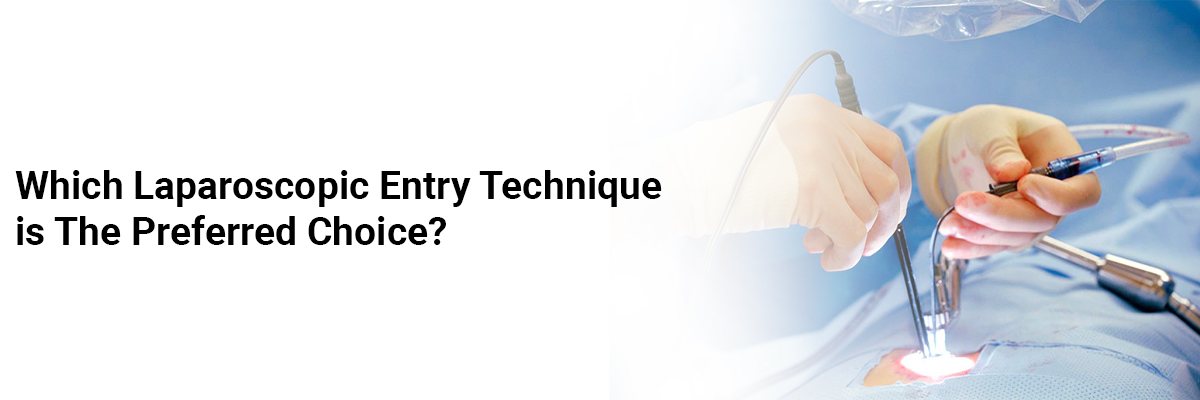
Written By:
 IJCP Editorial Team
IJCP Editorial Team
 IJCP Editorial Team
IJCP Editorial Team
Published On: 21 Jul, 2023 12:21 PM | Updated On: 21 Jul, 2023 12:52 PM
Which Laparoscopic Entry Technique is the Preferred Choice?
Over the course of two decades, the debate surrounding the safest laparoscopic entry technique has remained unresolved, lacking a consensus. To address this knowledge gap, the present study aimed to provide an updated assessment of the safety of various laparoscopic entry techniques by systematically searching six electronic databases, encompassing studies from their inception up until February 2021. The study involved randomized controlled trials (RCTs) that directly compared different laparoscopic entry techniques.
The study found-
- Inclusion of 25 RCTs (6950 patients).
- Complications like vascular, visceral, and omental injury, failed entry, extraperitoneal insufflation, bleeding and infection at the trocar site bleeding, and incisional hernia.
- Significantly higher OR for Veress needle than direct trocar for omental injury, failed entry, and extraperitoneal insufflation.
- Significantly higher OR for the Veress needle than an open method for omental injury, failed entry, extraperitoneal insufflation, and incisional hernia.
- Significantly lower OR for direct trocar than the open method for visceral injury and trocar site infection.
Therefore, when it comes to laparoscopic entry techniques, the direct trocar method might be a better option compared to the Veress needle and open methods due to its lower risk of complications.

IJCP Editorial Team
Comprising seasoned professionals and experts from the medical field, the IJCP editorial team is dedicated to delivering timely and accurate content and thriving to provide attention-grabbing information for the readers. What sets them apart are their diverse expertise, spanning academia, research, and clinical practice, and their dedication to upholding the highest standards of quality and integrity. With a wealth of experience and a commitment to excellence, the IJCP editorial team strives to provide valuable perspectives, the latest trends, and in-depth analyses across various medical domains, all in a way that keeps you interested and engaged.





















Please login to comment on this article